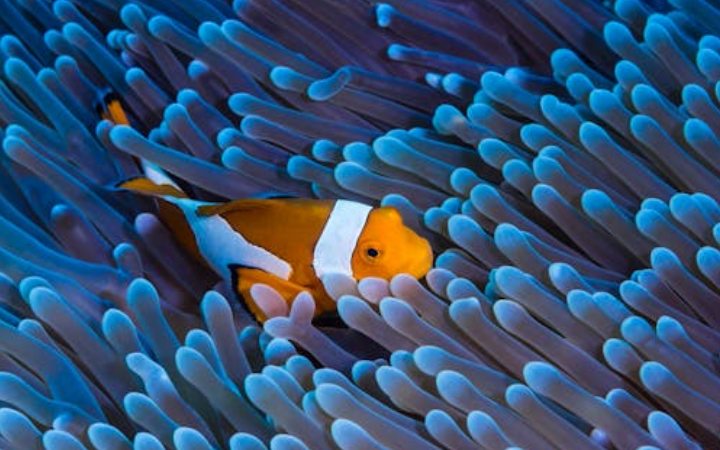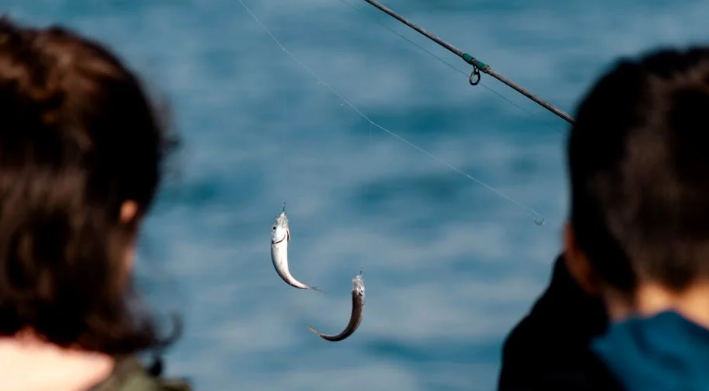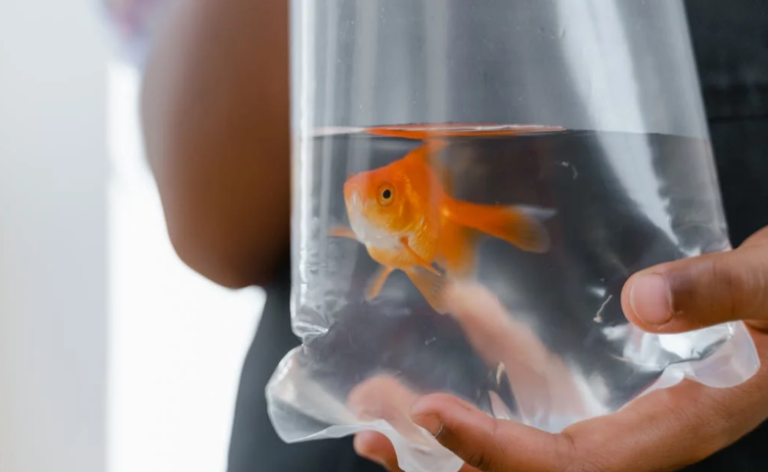Betta fish, often called Siamese fighting fish, are popular for their vibrant colors and flowing fins. These tiny swimmers, native to Southeast Asia, are common in home aquariums around the world. But have you ever wondered if these colorful fish can see the colors they display? Let’s dive into the fascinating world of betta fish vision to understand how they perceive their environment.
Introduction to Betta Fish Vision
Betta fish, like many animals, rely heavily on their vision to navigate their surroundings. They use their eyes to find food, avoid predators, and recognize potential mates. But can they see colors the way humans do?
Humans have three types of color receptors in their eyes, known as cones, which allow us to see a wide range of colors. These cones are sensitive to red, green, and blue light. The combination of these signals enables us to perceive a full spectrum of colors.
Betta fish, on the other hand, have a different visual system. Studies have shown that they possess more types of cones than humans, which suggests they might see a broader range of colors. But how do these extra cones affect their vision?

How Do Betta Fish See Colors?
Betta fish have four types of cones in their eyes. This fourth cone is sensitive to ultraviolet (UV) light, which is invisible to humans. This ability to see UV light gives bettas an advantage in their natural habitat, where they can spot things that are invisible to other creatures.
- Red, Green, and Blue Cones: Like humans, bettas have cones for red, green, and blue light. These allow them to perceive many of the same colors we do.
- UV Cones: The fourth cone type, sensitive to UV light, opens up a world of colors we can’t even imagine. This helps bettas in various ways, such as finding food and recognizing each other.
Scientists believe that the ability to see UV light helps betta fish in their everyday lives. For instance, many insects and some plants reflect UV light, which could make them more visible to bettas. This helps them in hunting for food.
The Role of Color in Betta Behavior
Color plays a significant role in how betta fish interact with their environment and each other. Here are some ways color impacts their behavior:
Mating and Reproduction
Male betta fish are known for their striking colors and elaborate fin displays. These colors are not just for show; they play a crucial role in attracting females. In the wild, a brightly colored male is often more successful in attracting a mate. Females tend to choose mates based on the vibrancy of their colors, which indicates good health and strong genetics.
Territory and Aggression
Betta fish are famous for their aggressive behavior, especially males. They are highly territorial and will often fight with other males to defend their space. Coloration helps them in this too. A brightly colored male is seen as a stronger opponent. These vivid colors can intimidate rivals and help the fish avoid fights.
Camouflage and Survival
While bright colors are useful for attracting mates, they can also make bettas more visible to predators. In the wild, betta fish have more subdued colors, which help them blend into their surroundings. This natural camouflage is a survival tactic that reduces their chances of being spotted by predators.
Scientific Studies on Betta Fish Color Vision
Several studies have explored the color vision of betta fish to understand better how they perceive their world. Researchers use various methods, such as behavioral experiments and tests involving different light wavelengths, to study their vision.
Behavioral Experiments
One common method involves training betta fish to associate a specific color with food. For example, researchers might train a fish to recognize that a red card means food is available. Over time, the fish learn to associate the red color with a reward, indicating that they can see and distinguish red from other colors.
Light Wavelength Tests
Scientists also study how bettas respond to different wavelengths of light. By exposing them to various colors and observing their reactions, researchers can determine which colors the fish can see. These tests often show that betta fish have a broader color vision than humans, especially with their ability to see UV light.
Practical Implications for Betta Fish Owners
Understanding that betta fish can see a range of colors, including UV light, has practical implications for keeping them as pets. Here are some tips for betta fish owners:
Choosing Tank Decorations
When selecting decorations and plants for your betta’s tank, consider their ability to see a wide range of colors. Brightly colored items might be more stimulating for your fish. However, it’s also good to include some natural-looking decorations that provide a sense of security and camouflage.
Lighting Considerations
Bettas thrive under natural light conditions. When setting up your tank, try to mimic their natural environment with a mix of light and shadow. Avoid overly bright lights, as these can be stressful for the fish. Instead, use gentle, UV-inclusive lighting to cater to their unique vision.
Interacting with Your Betta
Knowing that betta fish can see colors well can make interactions more fun. Try wearing different colored clothing or using colorful toys to see how your fish reacts. This can be a delightful way to engage with your pet and observe their behavior.
Conclusion
Betta fish have a fascinating ability to see a wide range of colors, including ultraviolet light. This unique vision helps them in many ways, from finding food to avoiding predators and attracting mates. Their vibrant colors are not just beautiful to us but are also a vital part of their world.
As a betta fish owner, understanding their color vision can enhance how you care for them. Whether choosing the right decorations or interacting with them, considering their ability to see color can lead to a more fulfilling experience for both you and your fish.
In summary, betta fish don’t just show off their brilliant colors; they see and live in a colorful world. Their ability to perceive a spectrum of colors, including UV light, makes them unique among fish and a wonderful pet to observe and care for.



